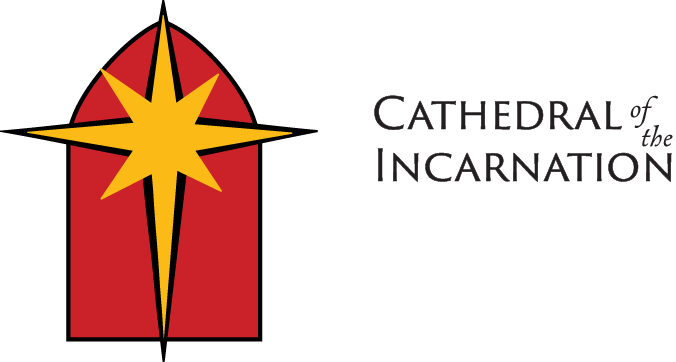Our History
 Although the first Episcopal Church has been a presence in Maryland since the middle of the seventeenth century, the thought of building a Cathedral for the diocese was not even considered until the beginning of the twentieth. It took several years of floating the idea around, making the rationale widely known and accepted, raising funds, procuring a piece of ground, and forming a core congregation before solid work could begin. Finally, on December 9, 1909, ground was broken at University Parkway and Charles Street, near Johns Hopkins University’s Homewood campus. Plans for a magnificent cathedral were drawn up by Henry Vaughn, the architect of the Washington National Cathedral, with the initial stage being the building of the Synod Hall Undercroft. The Undercroft was to serve as a temporary worship space, and the first service was held on June 11, 1911.
Although the first Episcopal Church has been a presence in Maryland since the middle of the seventeenth century, the thought of building a Cathedral for the diocese was not even considered until the beginning of the twentieth. It took several years of floating the idea around, making the rationale widely known and accepted, raising funds, procuring a piece of ground, and forming a core congregation before solid work could begin. Finally, on December 9, 1909, ground was broken at University Parkway and Charles Street, near Johns Hopkins University’s Homewood campus. Plans for a magnificent cathedral were drawn up by Henry Vaughn, the architect of the Washington National Cathedral, with the initial stage being the building of the Synod Hall Undercroft. The Undercroft was to serve as a temporary worship space, and the first service was held on June 11, 1911.
 The tragedy of World War I meant that work stopped, and for a decade the “temporary” worship space became permanent. But by 1913, the Cathedral Trustees hired the firm of Cram, Goodhue & Ferguson to come up with an ambitious building plan. Bertram Goodhue went on to design not only a Cathedral, but also a Synod Hall, Diocesan library, choir school, bishop’s residence, Canons’ offices, and a home for the Dean. On Armistice Day, November 11, 1920, the cornerstone for the superstructure was laid, attended by a great throng of clergy, the governor of Maryland, the mayor of Baltimore, and WWI French General Robert Georges Nivelle, the “Hero of Verdun.”
The tragedy of World War I meant that work stopped, and for a decade the “temporary” worship space became permanent. But by 1913, the Cathedral Trustees hired the firm of Cram, Goodhue & Ferguson to come up with an ambitious building plan. Bertram Goodhue went on to design not only a Cathedral, but also a Synod Hall, Diocesan library, choir school, bishop’s residence, Canons’ offices, and a home for the Dean. On Armistice Day, November 11, 1920, the cornerstone for the superstructure was laid, attended by a great throng of clergy, the governor of Maryland, the mayor of Baltimore, and WWI French General Robert Georges Nivelle, the “Hero of Verdun.”
To accommodate the rising Cathedral, the Undercroft had to be expanded, and a temporary wooden chapel was built for worship. But by 1924, post-war financial problems suspended further construction, and the architect of the second building, Bertram Goodhue, died. The congregation returned to the Undercroft to worship for another 10 years.
 Despite the coming of the Great Depression, the diocese pushed forward and hired yet a third firm to draw up plans for a Synod Hall, still having the idea of building an expansive Cathedral enclave. On Armistice Day, November 11, 1931, construction began. Quickly taking shape, the Cathedral was ready for its first worship service on Christmas Eve, 1932. Plans for the other buildings were thereafter abandoned, and the Cathedral was paid for and consecrated in 1955.
Despite the coming of the Great Depression, the diocese pushed forward and hired yet a third firm to draw up plans for a Synod Hall, still having the idea of building an expansive Cathedral enclave. On Armistice Day, November 11, 1931, construction began. Quickly taking shape, the Cathedral was ready for its first worship service on Christmas Eve, 1932. Plans for the other buildings were thereafter abandoned, and the Cathedral was paid for and consecrated in 1955.
The Cathedral of the Incarnation took its place in the long line of glorious buildings dedicated to the glory of God, filled with people committed to opening its doors to the surrounding community and being the “holy place in the public square.”
